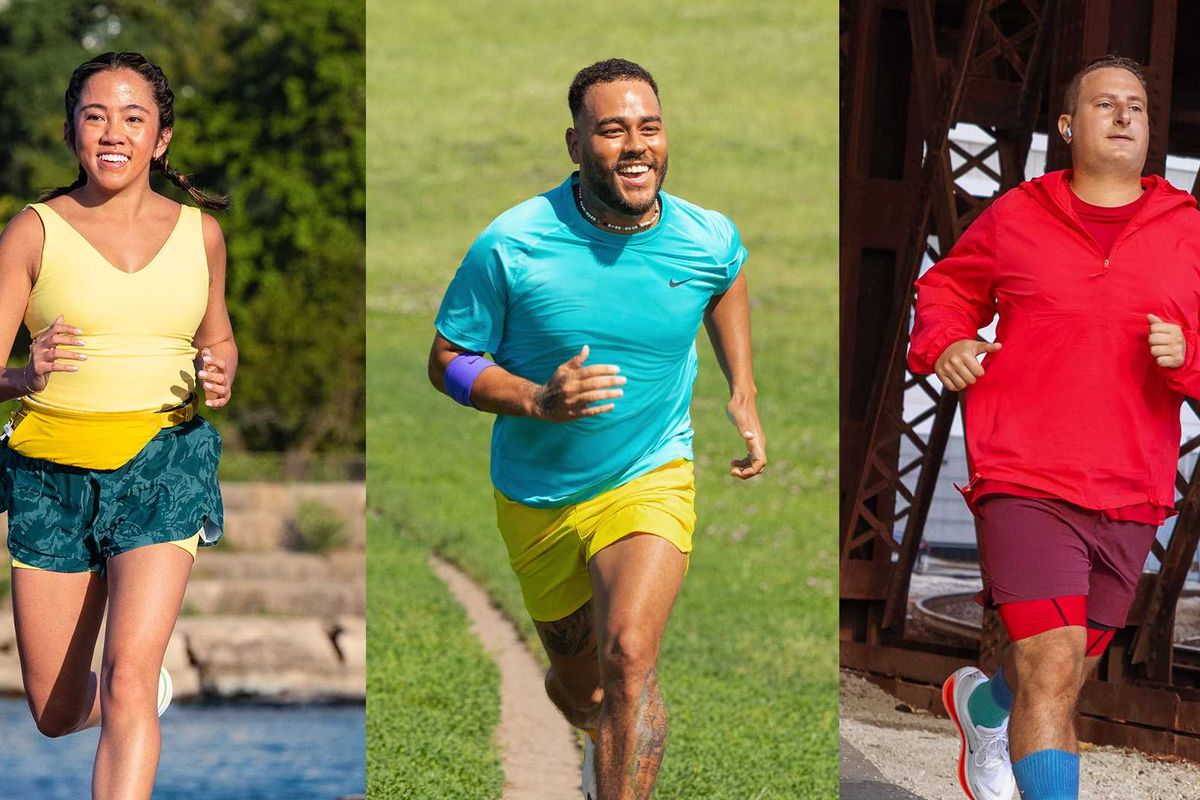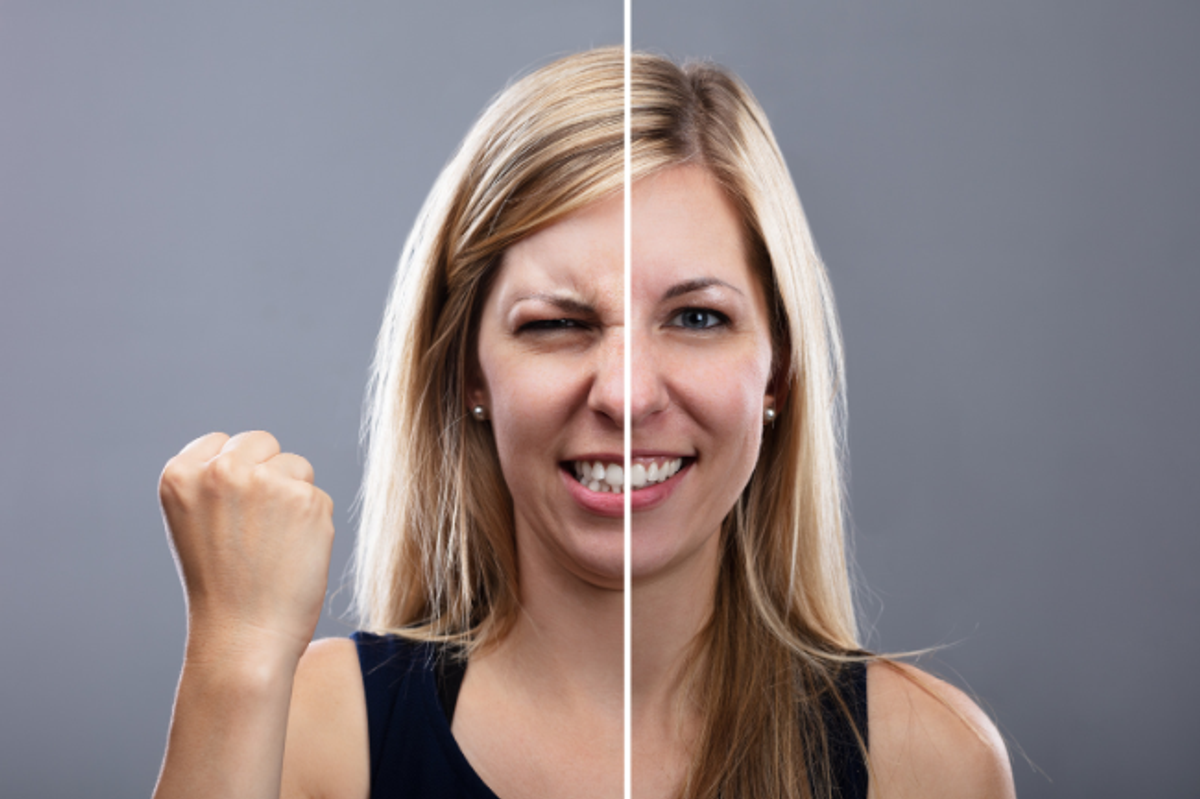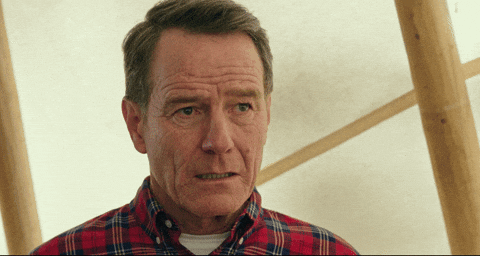Environmentalists call these 12 chemicals the Dirty Dozen. Here's why.
Warning: Abbreviations ahead!
You may have heard of the Dirty Dozen — 12 chemicals that activists have identified as potentially harmful that we regularly come in contact with in our home, health, and beauty products.
Over the past decade, a lot of science and research has gone into figuring out the long- and short-term health effects of products we use in our homes and on our bodies. The jury is still out on most of them, but some of the findings are worth a closer look.
In 2010, Canada's David Suzuki Foundation did a study on the 12 chemicals and compounds they felt consumers should try to avoid. Since the study was published, some governments have banned some of the chemicals and some companies are reformulating their products so they don't contain them.
Are the Dirty Dozen hanging out in your home somewhere? Here's why these ingredients are on the list:
1. BHA (butylated hydroxyanisole) and BHT (butylated hydroxytoluene)
These two preservatives can be found in moisturizers and cream makeups. Image via iStock.
These two synthetic antioxidants are often used as preservatives in cosmetics (mostly lipsticks and moisturizers) and as food preservatives. They're also potentially allergenic, particularly on the skin.
The International Agency for Research on Cancer classifies BHA and BHT as possible human carcinogens, and the European Commission on Endocrine Disruptors lists BHA as a Category 1 priority substance, citing evidence that it interferes with hormone function in mice and rats.
Neither BHA nor BHT are restricted in the United States. California includes BHA on its list of chemicals that must be listed on product ingredient labels as potentially cancer-causing.
2. Coal tar dyes: p-phenylenediamine and colors listed as "CI" followed by a five-digit number
Coal tar (shown above) is a petroleum byproduct mixed with other chemicals. Image via iStock.
Coal tar dyes (chemical name p-phenylenediamine) are very popular in the cosmetic industry — particularly in hair dye — because they provide rich, long-lasting color. But, like a lot of petroleum-based products, some researchers and activists fear there may be health risks from exposure to them.
Research has linked coal tar dyes to tumors in laboratory mice, and other researchers may have found a connection between long-term use of hair dyes and non-Hodgkin lymphoma. The U.S. Food and Drug Administration (FDA) is unconvinced; it's waiting to see more research before making a firm decision on how to classify coal tar dyes.
The European Union (EU), by comparison, has taken a precautionary approach and classifies coal tar dyes as moderately toxic to humans.
Helpful hint: If you're looking at labels, you can tell if a coal tar dye is used in a product by looking for the the name p-phenylenediamine or the abbreviations FD&C or D&C followed by a five-digit color index number.
3. Diethanolamine (DEA), cocamide DEA, and lauramide DEA
Some shampoos get an extra kick from DEA. Image via iStock.
Consumers love creamy or sudsy personal care products. DEA helps with that. For personal care products, it's most common in moisturizers, sunscreens, and shampoos. As a cleaning product additive, it can be found in soaps and cleansers looking for an added bubbly kick.
Activists became concerned about DEA after some research found that DEA can cause skin and eye irritation, and some high doses have caused liver cancers in to laboratory animals. There are no restrictions on the use of DEA in the United States, but the EU does not allow its use in cosmetics, citing the risk of long-term exposure.
4. Dibutyl phthalate (DBP)
Some "no-chip" nail polishes may get their staying power from DBP. Image via iStock.
Dibutyl phthalate has lots of uses. It can keep nail polishes from chipping, help keep PVC flexible, and be a solvent for dyes or fragrances. The reason activists put it on the list of ingredients to keep an eye on is because in a laboratory study, researchers found it absorbs through the skin and can "enhance the capacity of other chemicals to cause mutations." Other research found it interfered with hormone function, maybe even for pregnant women. There's still a lot of research to be done, so the U.S. hasn't put any restrictions on DBP; the EU, though, does not allow it in cosmetic products.
5. Formaldehyde-releasing preservatives
These are medical sutures stored in formaldehyde, but lots of beauty and personal care products use chemicals that may release formaldehyde over time. Image via iStock.
Formaldehyde has a lot of uses in personal care, cleaning products, and industrial construction. It is found as a preservative in cosmetics and an active ingredient in some toilet bowl cleaners. It can also be released from a wide range of industrial products including some permanent-press fabrics and vinyl and wood-laminate flooring.
The U.S. Environmental Protection Agency (EPA) limits the amount of formaldehyde in some construction materials because on its own, formaldehyde is a carcinogen and is toxic to humans if ingested.
When personal care products or cosmetics are said to contain formaldehyde, what they usually contain are actually formaldehyde-releasers. It's unclear whether they are harmful; the FDA doesn't restrict the use of them in cosmetics or personal care products, preferring to require disclosure on ingredient labels instead. The EU has strongly restricted the use of formaldehyde in industrial and consumer products since 2014, citing its carcinogenic risk.
6. Parabens
Parabens help some cosmetics stay pretty longer. They may also be dangerous. Image via iStock.
If you drink fruit juices or use cosmetics or fragrance products, you likely have encountered parabens, an extremely popular preservative.
Some activists are concerned by parabens, citing research that it potentially has adverse health risks when it's absorbed through the skin. Some studies have shown that parabens can mimic the effects of estrogen, the female sex hormone which could lead to a possible increase to breast cancer risk or potentially interfere with male reproductive function. Despite activists' concerns, more definitive research is needed.
7. Parfum (aka fragrance)
Lots of products use the catch-all terms parfum and fragrance for the proprietary mix of chemicals that make up their signature scents. Image via iStock.
Since there are no regulations requiring companies to disclose the ingredient lists of their signature scents, many of them simply say parfum or fragrance on the label. This can be misleading because the smells that make up a fragrance can come from any number of essential oils or chemical compounds.
For people with chemical sensitivities, these unlisted ingredients can trigger allergic reactions, migraines, or cause asthma. Environment Canada has also found that some synthetic musks used in fragrances can build up in the fatty tissue of fish and other water-bound organisms. Other fragrance additives, like DEP (see #4 above) help scents stay in the air longer, but have been shown in laboratory environments to potentially interrupt hormone functions.
Unfortunately, it is hard to know whether a specific fragrance or parfum contains potentially unsafe ingredients. If companies say their product fragrance is a trade secret, they aren't required to list what's in it on the ingredient label.
8. Polyethylene glycol (PEG)
PEG compounds can be found in some cosmetic cream bases — and laxatives. Image via iStock.
Polyethylene glycols are petroleum compounds most often found helping makeup and face creams deliver moisture. If perfectly pure, they are considered generally safe, though they're not recommended for use on broken skin. In rare cases, polyethylene glycol compounds can become contaminated with ethylene oxide, and that's when activists get concerned. Ethylene oxide is a known carcinogen that has also been shown in some research environments to cause developmental problems. All of this considered, the Environmental Working Group rates the overall hazard of using polyethylene glycols as "low."
9. Petrolatum (aka petroleum jelly or Vaseline)
Some glossy lipsticks get their shine from petrolatum. Image via iStock.
Tyra Banks swears by mineral oil jelly as her holy grail makeup product. It's an excellent moisture barrier to keep skin hydrated and is often added to skin care and hair care products.
But, because it is petroleum-based, there's a risk it could be contaminated with polycyclic aromatic hydrocarbons. Research has shown a link between long-term exposure to these petroleum byproducts and cancer. Based on that evidence, the EU classifies petrolatum as a carcinogen and only allows its use "if the full refining history is known and it can be shown that the substance from which it is produced is not a carcinogen." There are no such restrictions in the United States at the moment.
10. Siloxanes
Siloxanes are a group of chemical compounds based on silicone, a popular additive in many cosmetics and personal care products. Image via iStock.
If you like a clean windshield, dry underarms, or a smooth makeup base, you've probably used products containing siloxane. Two siloxanes in particular, cyclotetrasiloxane (D4) and cylcopentasiloxane (D5), have been studied by researchers in Canada and the EU extensively.
Environment Canada concluded that both D4 and D5 may build up in fish or other aquatic organisms but did not pose a threat to human health. The European study reached a similar conclusion, rating the chemicals as "high concern" but of no risk to human health.
11. Sodium laureth sulfate
Sodium laureth sulfate helps some shampoos stay foamier for longer. Image via iStock.
If you like lots of bubbles when you wash dishes or use shampoo, you may have sodium laureth sulfate to thank. It's a common foaming agent used in dish soaps, cleansers, and foamy beauty products. But, like polyethylene glycol (#8 on this list), sodium laureth sulfate can — on rare occasions — become contaminated with the known carcinogen ethylene oxide. Fortunately that's very unlikely to happen, so the Environmental Working Group rates the overall hazard of sodium laureth sulfate as "low."
12. Triclosan
Triclosan is an antibacterial chemical sometimes found in alcohol-based hand sanitizers. Image via iStock.
Triclosan is a very effective anti-bacterial chemical found in lots of common consumer products, including toothpaste, hand sanitizers, laundry detergent, and facial tissues, among others.
As we've written before, research has shown that triclosan sticks around in the environment long after we've finished using it, killing helpful algaes and even accumulating in the bodies of other organisms.
Triclosan was banned in personal care products ibanned in personal care products in the EU earlier this year. The EPA currently has it under review, and the FDA is reserving judgment until further research is done.
For a lot of these products, the research into their possible health impacts is still very new. Much is still to be done, and the definitive answers for what's safe and what's not may not be known for years — maybe even decades.
Until there is a scientific consensus, the smartest thing you can do for your health is what you're probably already doing: reading product labels, following warnings, and learning what companies are required to say (and sometimes don't say).






 A man walking through the airport.via
A man walking through the airport.via 
 Lights in the sky.
Lights in the sky. The northern lights.
The northern lights. 

 Jude speaking to the cameraJude |
Jude speaking to the cameraJude |  Gif of Leslie Knope saying "I'm not cranky" via
Gif of Leslie Knope saying "I'm not cranky" via 
 This is not what Watsonville Chevy had in mind.
This is not what Watsonville Chevy had in mind.